South Dakota, a state of USA Middle West imbued with Indian culture and characterized by the rolling Black Hills, is full of surprises: Badlands National Park and its dramatic reliefs, Mount Rushmore and its monumental sculptures, and the annual motorcycle rally in Sturgis. The Badlands National Park, located about 80 miles southeast of Rapid City, is a strip of desert-like terrain, absolutely devoid of trees. The straight road from Rapid City running along vast grass prairies seems endless – like sailing in the middle of an ocean of greenery… an almost magical atmosphere ! Now we understand why L. Frank Baum, who lived in Aberdeen, was inspired by the interminable fields of this Midwestern state for the descriptions of Kansas in his children’s novel The Wonderful Wizard of Oz… Then, suddenly, a total rupture breaks the flat green expanse: a bare, steep rocky ridge, a wall of chiseled forms rises suddenly from the middle of the sweeping prairie… the Badlands. Some music lovers may remember the lyrics of one of Bruce Springsteen‘s songs, Badlands, you gotta live it every day / Let the broken hearts stand / As the price you’ve gotta pay / We’ll keep pushin’ till it’s understood / And these badlands start treating us good… With the music blasting, let’s go for the visit !
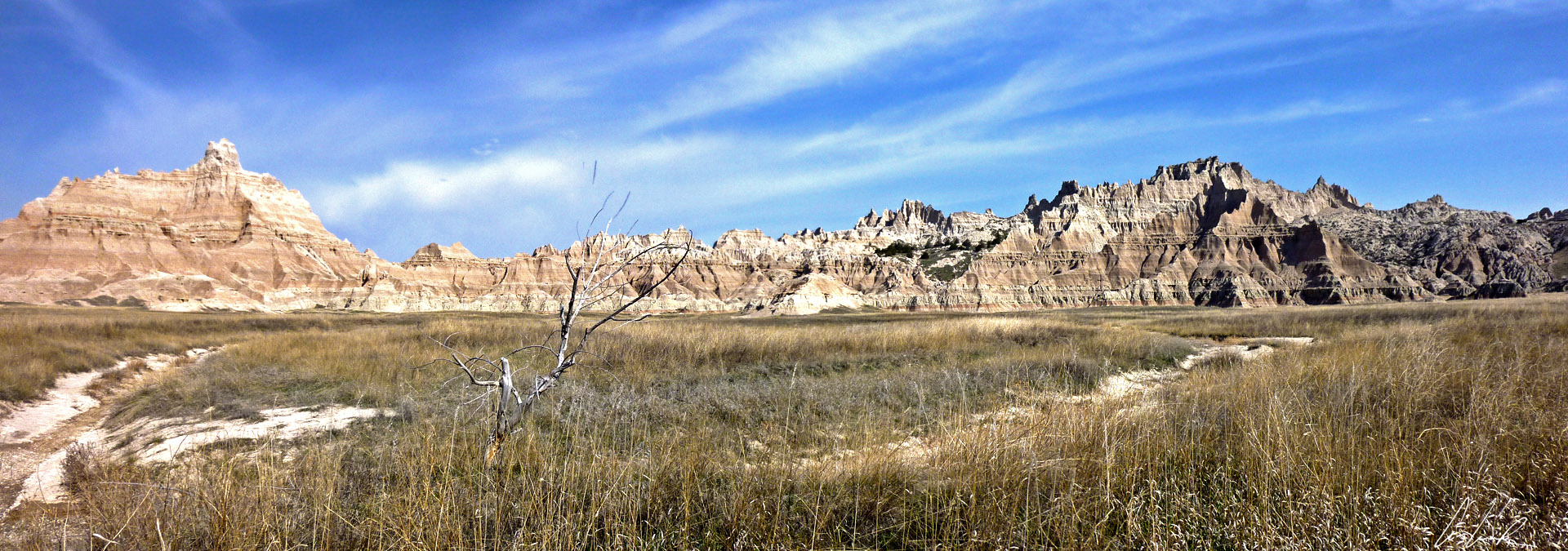
The Badlands National Park
This strange place in southwestern South Dakota was established in January 1939 as a National Monument and redesignated a National Park on November 1978. With such a name, the traveler is entitled to wonder what lies ahead… The Lakota gave the land, its name “Mako Sica” meaning “land bad.” In the 19th century, a pioneer wrote: “no wood, no water, no stone, nothing here to settle”… And the climate is similar to the decor: extreme, bitter summers and cold winters. So, it is fair to ask, why create a park here ? First, the name does not do justice to the extraordinary landscape: Mother Nature did a remarkable job ! The beauty of these dramatic, eroded landscapes ruthlessly ravaged by wind and water stretches over an area of about 244,000 acres. Along the Cliff Shelf Nature Trail and Door Trail, we are surprised by jagged ravines and fantastic ridges that remind us of the spires of fairytale castles. At Yellow Mounds, one is overwhelmed with emotion in this landscape of subtle and changing colors: the hills reveal a kaleidoscope of sedimentary layers of strange and shimmering colors: pale pink, yellow and light gray. Then, in a change of scenery after the umpteenth butte, there is nothing but a vast prairie where herds of bison and deer graze quietly – an untouched beauty as far as the eye can see. These “bad” lands hold a collection of landscapes that will awaken your senses. The other attraction of the Badlands is that it is indisputably the world’s largest fossil bed for animals of the Oligocene Epoch of the Paleogene Period 34 million to 23 million years before the present. Walking along the 0.25-mile Fossil Exhibit Trail, you can learn about the extinct world of prehistoric mammals that once roamed the area, even if you know nothing about paleontology…

The Badlands National Park, Hills
If you plan a trip to South Dakota, it is probably to visit the Mount Rushmore National Memorial. The official slogan of the state is not lying, “Great Faces. Great Places” ! Located 35 miles from Rapid City near the town of Keystone, Mount Rushmore is known to the Lakota Sioux as the “Six Grandfathers”. The mountain was renamed after Charles E. Rushmore, a New York lawyer. The Memorial was erected in memory of the four greatest presidents in the history of the United States. The heads of the four are carved into the granite wall and cover an area of 2 square miles. Facing the rock wall, from left to right, George Washington (father of the nation and defender of independence, 1789), Thomas Jefferson (principal author of the Declaration of Independence, 1801), Theodore Roosevelt (responsible for the economic development of the United States, the law creating five National Parks and, under the Antiquities Act, 18 new U. S. National Monuments on Federal lands, 1901) and Abraham Lincoln (the savior of the Union who abolished slavery, 1861). If you cannot remember the order of these colossal 60-foot sculptures, take a few dollars out of your pocket and put them in ascending order. George Washington appears on the one dollar bills, Thomas Jefferson on the two dollar bills, and Abraham Lincoln appears on the five dollar bills… all you have to do is place Theodore Roosevelt between 2 and 5 !

Mount Rushmore National Memorial
Whether you are a movie or a music lover (no one has forgotten the Deep Purple cover album where the face of the five musicians replaces the faces of the four presidents), you must have seen Mount Rushmore ! In film it was immortalized by Alfred Hitchcock in “North by Northwest” (1959), even though most of the scenes were filmed in studio and the details of the sculptures were reconstructed. Indeed, even though Alfred Hitchcock had obtained an agreement from the federal authorities, some zealous officials wanted to withdraw permission after reading the script because of flagrant “profanation”! Finally, Hitchcock was allowed to use the image of this “sanctuary” of Democracy under certain conditions: the use of models and strict constraints regarding shot framings… Despite these conflicts with the federal authorities, the scene remains a great moment in all cinema. No one can forget the chase scene where Thornhill (Cary Grant) and Eve Kendall (Eva Marie Saint) try to escape from Vandamm’s thugs while making their precarious way down between Jefferson’s hand and the back of Washington’s head (Eve with her purse and gloves… elegance obliges ! )… Today, I do not have the Vandamm’s faithful followers (James Mason) on my heels… Although… I have the vague impression of being spied on since the arrival at the site… I listen to the rustle of hanging branches. Is it the wind ? How could that be ? The wind does not produce such a sound. The sound is getting closer and more distinct… footsteps in hardened snow ! Taking myself away from contemplating the faces engraved on the rock, I straighten my head and scrutinize the surrounding landscape. Below, Oreamnos americanus more commonly known as the rocky mountain goat, in camouflage, roams quietly among the ponderosa pines and climbs the rocky walls. Personally, I would not try to follow her across George Washington’s nose ! It has been said that the famous mountaineer Maurice Herzog cried in front of a goat one day… cried from shame. These “crazy goats” have a perfect control of their center of gravity, and the convex shape of their hooves acts like slip-proof soles giving them the ability to climb cornices and high cliffs easily. This amazing animal would make the most seasoned mountaineer look like an amateur ! So it was without haste and without a goat at my heels that I walked on the Presidential Trail, a marked path punctuated by long stairs that runs through the pine forest and climbs the cliff to offer surprising perspectives on the sculptures… The trail does not allow you to be face to face with the former presidents, but it brings you closer !
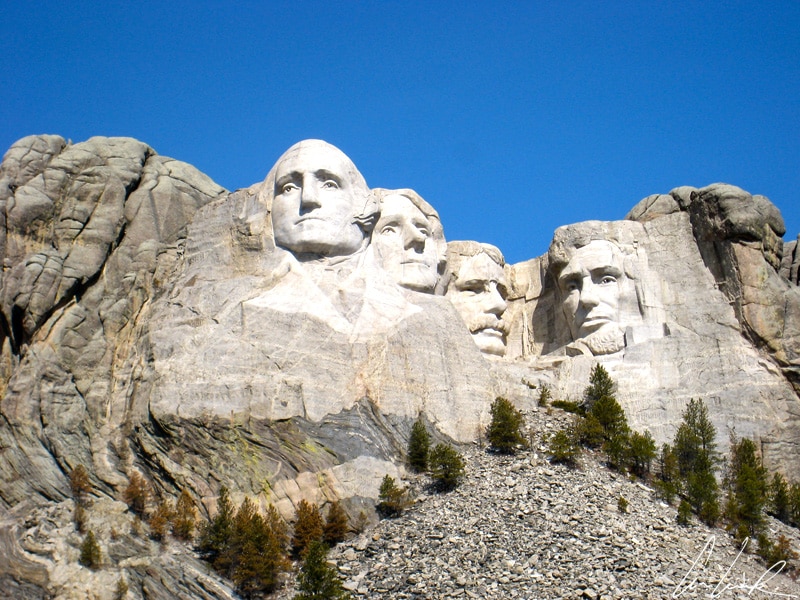
Mount Rushmore National Memorial. Facing the rock wall, from left to right, George Washington, Thomas Jefferson, Theodore Roosevelt and Abraham Lincoln
At 5,725 feet above sea level in the heart of a forest of rocky peaks, the carving of Mount Rushmore started on October 4, 1927, and ended in 1941. Historian Doane Robinson hoped the creation of a colossal work in the Blacks Hills would promote tourism in this beautiful mountainous region, barely known to the general public. Doane Robinson’s original plan was to feature the great American West heroes like Kit Carson, Jim Bridger and John Colter. The sculptor John Gutzon Borglum (a 60-year-old former student of Rodin) was enthusiastic about this project, but imposed a more patriotic subject by choosing four presidents, fathers and founders of the nation… A project of regional dimension quickly became a cause of national importance: the four presidents carved on Mount Rushmore represent the first 150 years of American history. Four hundred workers contributed to the creation of the Memorial, in often very difficult working conditions. The carving involved the use of dynamite to shape the granite massif and then required workers to cling to the side of the cliff while using pneumatic jackhammers. Upon the death of sculptor Gutzon Borglum in 1941, his son Lincoln Robinson-Borglum took over as leader of the project. Because of a lack of funding, he revised his father’s design. The original plan was to depict each president from waist up… The total cost of the project was just under a million dollars, twice as much as planned and an enormous sum for the time !

Jefferson National Expansion Memorial, Gateway Arch
On the topic of disproportionate human achievements and American presidents, a visit to the Jefferson National Expansion Memorial, in the heart of Saint Louis, Missouri, on the banks of the Mississippi, is worthwhile. The Memorial is near the starting point of the Lewis and Clark Expedition, the first American expedition to cross the western portion of the United States to the Pacific Ocean. The Memorial consists of a 91-acre park around the 150-year-old former courthouse, features a dome and frescoed rotunda. The courthouse now houses a museum. The park also houses the Museum of Westward Expansion, and the Gateway Arch, emblem of the city known as the Gateway to the West. Saint Louisans and tourists like us love to spend the afternoon in this ever-lively green space along the river. The main attraction of this memorial park is without a doubt the Gateway Arch, dedicated to Thomas Jefferson, the pioneers of the conquest of the American West, and to Dred Scott. In 1947, the Jefferson National Expansion Memorial organized an architectural design competition and out of 172 proposals, the Arch design by American-Finnish architect Eero Saarinen was selected. However, work began only in 1963, eighteen months after the architect’s death, and ended on October 28, 1965. The Gateway Arch, the Gateway to the West and also known as the St. Louis Arch is 630 feet tall (more than twice the height of the Statue of Liberty, 305 feet tall) and 630 feet wide. Optical effect or not, the arch appears higher than wide, although the two dimensions are equal. It is the tallest stainless steel monument in the world ! The arch is resistant to earthquakes and designed to swing up to 18 inches in both directions and to withstand winds up to 150 miles per hour. It is hollow and houses a unique tram system with small 5-seat, egg-shaped gondolas (claustrophobias abstain) that take visitors from the ground to an observation deck at the top in 4 minutes. This arched deck is over 65 feet long and 7 feet wide with narrow windows (16 openings on each side) reminiscent of the loopholes of the castles, that offer a breathtaking 360-degree panorama of the city of Saint-Louis and the Mississippi River. Finally, inside the Arch, take the time to explore the Museum of Westward Expansion to learn more about the early pioneers.
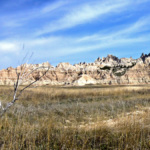
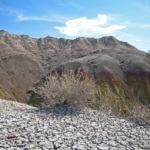
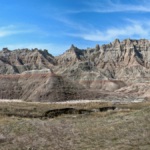
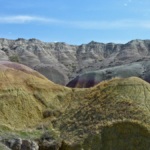
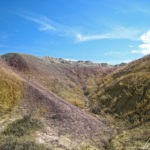
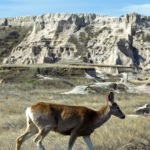
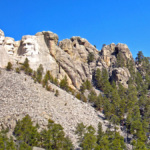
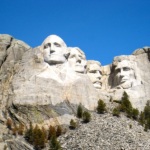
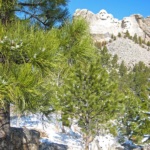


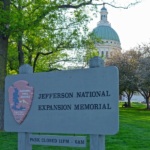
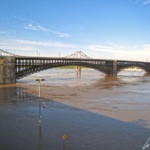
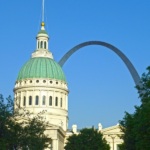
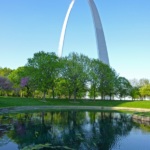
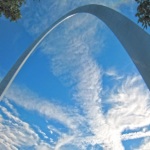
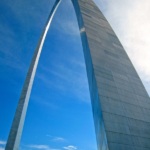
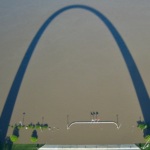


Ah, I’d love to be able to visit Mount Rushmore someday. Thanks for that interesting trivia on the Hitchcock movie!
The good news about Mount Rushmore is that despite being a cliche of Americana, it’s genuinely breathtaking ! The bad news is that you can’t clamber all over the giant sculpture, getting up Teddy Roosevelt’s nose or hiding in Abraham Lincoln’s beard as if you’re in Alfred Hitchcock’s 1959 thriller North by Northwest. They just don’t let tourists get that close 😉
Oooh South Dakota! You know, my bucket list keeps getting longer, but my specific US bucket list seems to be taking up so much of that list space! Thanks for sharing.
Ha, ha, my bucket list is forever growing with every destination I hear about, every picture that inspires me ! The South Dakota surprises with stunning landscapes, rich history, and abundant wildlife. You’ll be awestruck by its myriad of historic sites, tantalizing hotspots and family fun where hospitality abounds. There’s something for just about everyone 😉
I just love how America has these vast sceneries and almost no people around. Such a great country to travel in.
For sure, the United States, one of the biggest countries in the world, offers land and cityscapes that range from deserts to lush forests, sparkling skyscrapers to cobblestoned streets !!
Badlands are one of my absolute favourite landscapes! You should check out Dinosaur Provincial Park in Alberta, Canada. Such a surreal landscape. I would love to see Mt. Rushmore one day!
I’ve explored the remarkable landscapes of Dinosaur Provincial Park in Alberta few years ago 🙂 We had an amazing time exploring the trails and visiting the exhibits !
After reading this article I have realized there are so many I am yet to visit, life is short and world I big.
Hopefully I can make it here someday
With it’s unbelievably breathtaking natural allures, South Dakota should definitely be on your bucket list. If it’s not, it soon will be… 😉
I love your description mixed with some historical and literary references. I loved all the Oz books when I was a kid. Your story really makes me want to visit Badlands.
I love these books too 😉 In South Dakota and you’ll find legendary towns, incredible wildlife and tumultuous history, all within easy driving range !
We’ve been wanting to visit Badlands and your descriptions of the layered rock formations are wonderful. Had no idea it was also a fossil bed! Great post.
Thank you 🙂 In my humble opinion, Badlands National Park on its own is reason enough to visit South Dakota !
I’ve heard some great things about the Badlands. A good friend of mine went there last summer – have to add it to my list now too!
This inhospitable scenery is strangely beautiful and one of South Dakota’s most visited destinations ! Should definitely be on your bucket list 😉
I drive trough South Dakota yearly… But have only visited Mount Rushmore and the Badlands once before! I need to add it to my next road trip!
South Dakota is probably not the first state that comes to mind when you think about “states I definitely have to visit.” But the state is surprisingly interesting ! 🙂
Its so easy to say “ahh there isn’t really anything in SD” (with the exception of Rushmore). Thanks for proving that notion wrong!
South Dakota really surprised us. We never knew there were so many things to see and do here. Did you know that South Dakota is home to one of America’s greatest monuments ? And the landscape is also a lot more than just prairies and farmland !